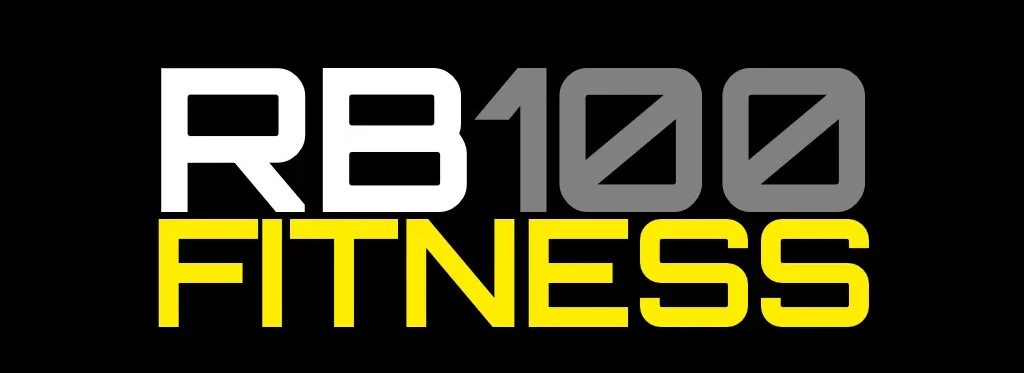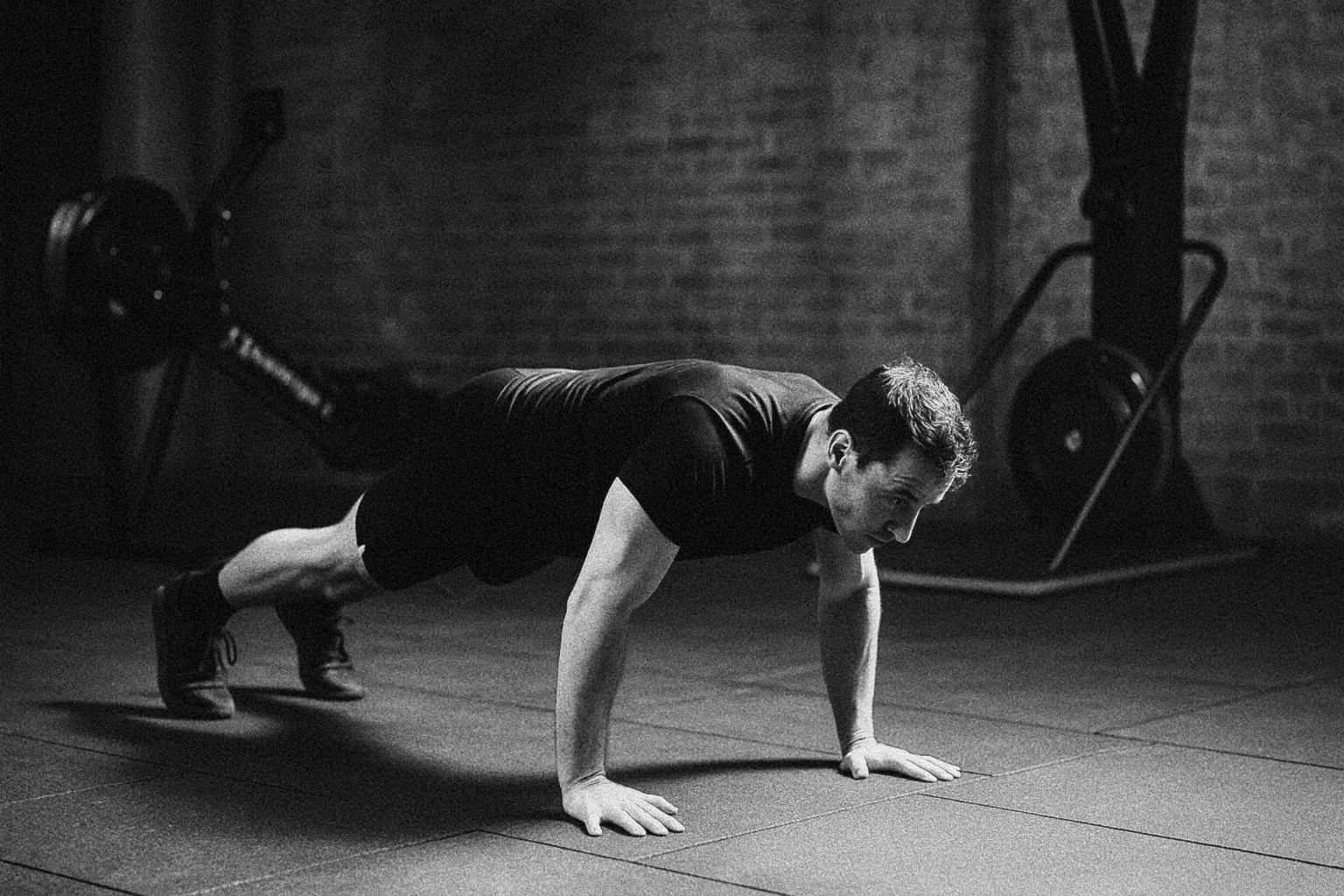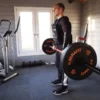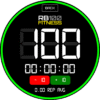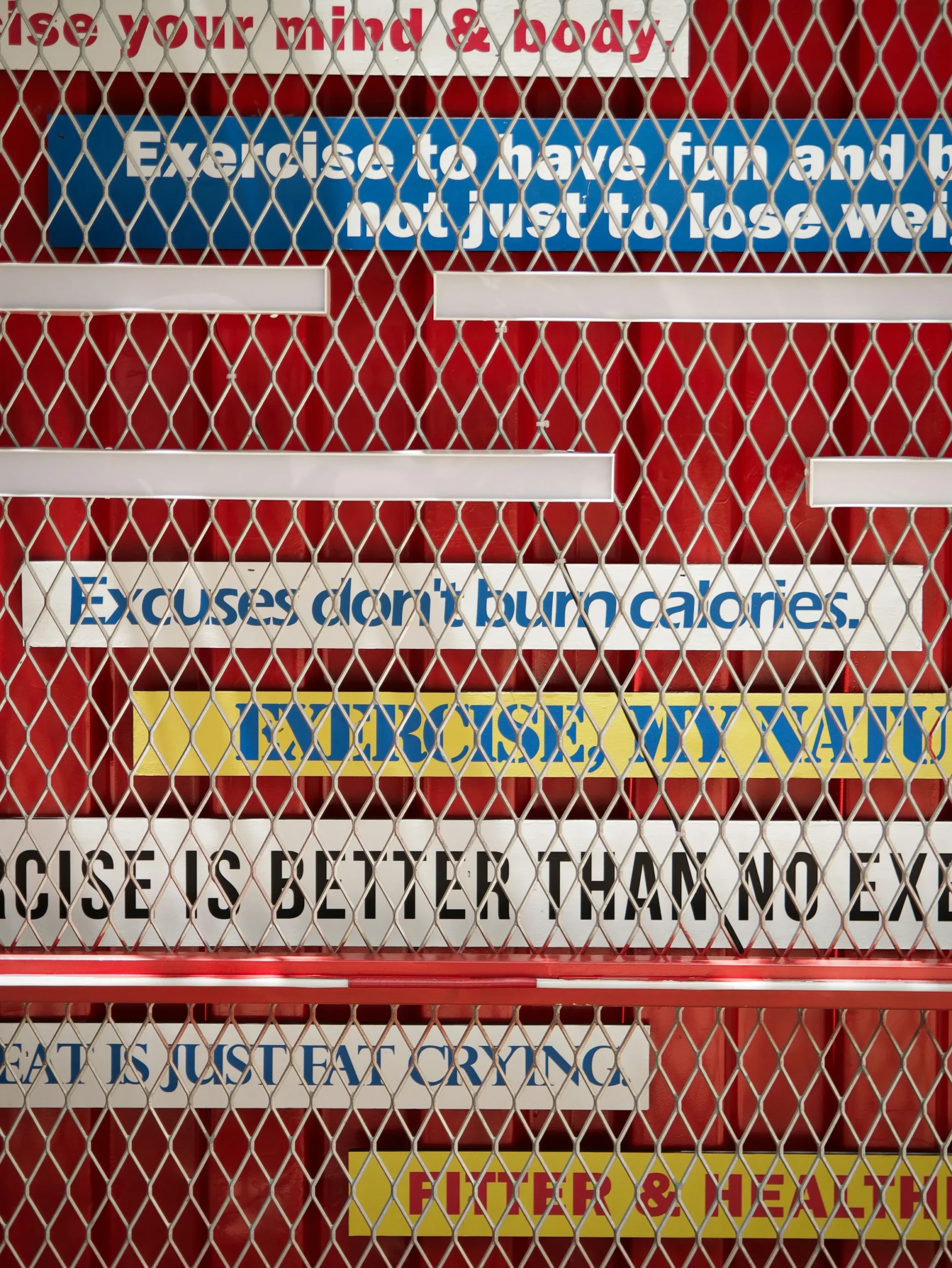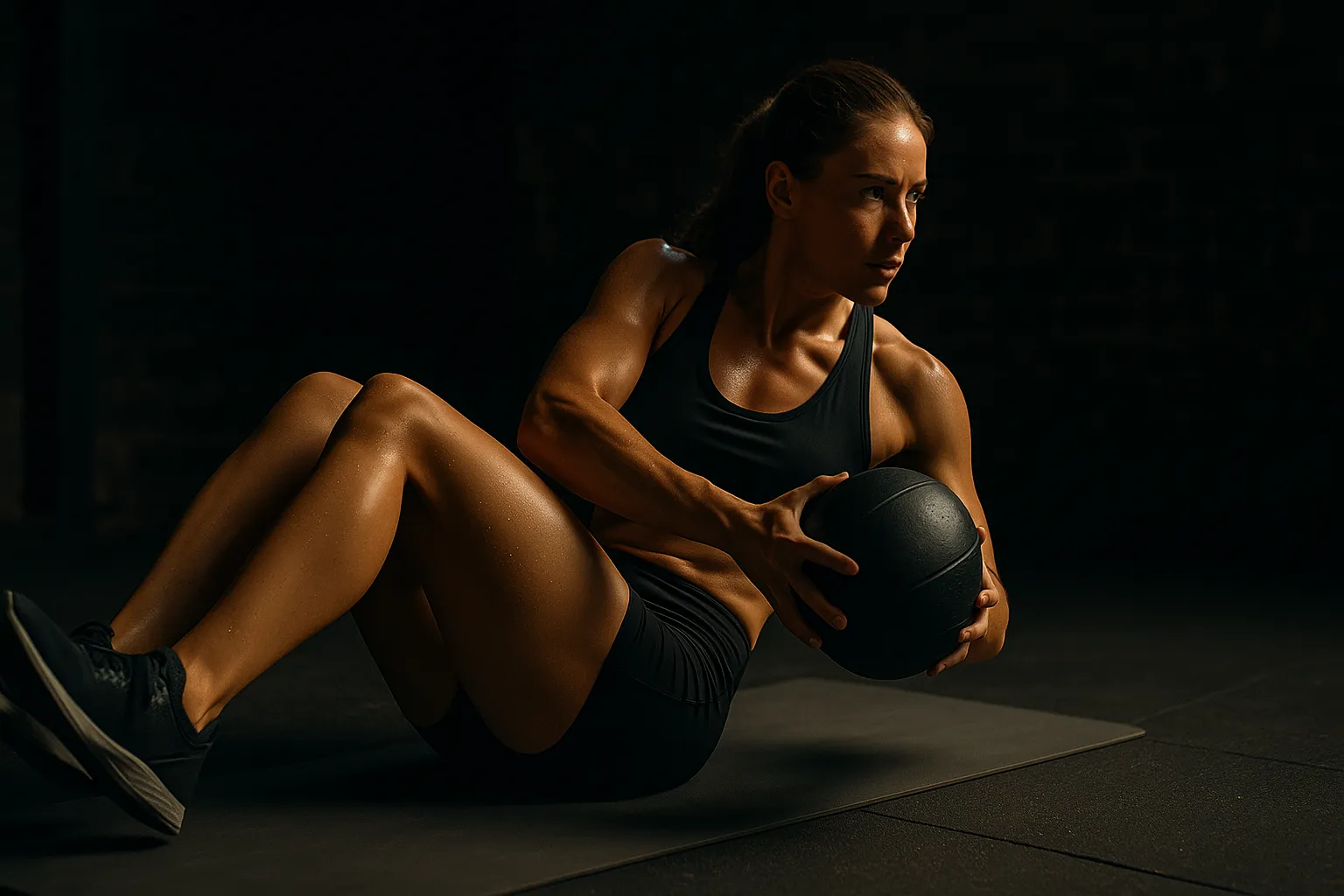Introduction: Why Simulate Race Conditions?
HYROX is a race built on rhythm and repeatability.
You don’t just need fitness you need to know how it feels to perform eight runs and eight functional workouts back-to-back.
That’s where simulation workouts come in.
Training in a race-style environment lets you practice transitions, manage fatigue, and refine pacing before it counts. These sessions should become the cornerstone of your preparation as you approach your target event during Season 2025/2026.
“Simulation training bridges the gap between fitness and performance. You don’t rise to the occasion you fall to your level of preparation.”
— RB100.Fitness
The Goal of HYROX Simulation Workouts
A proper HYROX simulation trains:
- Pacing under fatigue
- Transition efficiency between runs and stations
- Fuel and hydration strategy
- Mental endurance to maintain effort across the 60–90 minute window
Simulations expose weaknesses that normal workouts hide, helping you adjust before race day.

How to Structure a HYROX Simulation
Every simulation follows the same basic template:
1 km Run → 1 Functional Station × 8
Depending on your experience, choose between these formats:
Option 1: Full Simulation (Advanced)
- Complete the full race structure with standard distances and loads.
- Aim for 80–90% of race effort.
- Record total time and splits for comparison.
Example:
8×(1 km run + 1,000 m SkiErg / Sled Push / Sled Pull / Burpees / Row / Farmer’s Carry / Lunges / Wall Balls)
Option 2: Half Simulation (Intermediate)
- Perform four runs and four stations.
- Ideal for mid-block training or time-limited sessions.
- Helps refine pacing before full simulation.
Example:
4×(1 km run + sled push, sled pull, row, wall balls)
Option 3: Mini Simulation (Beginner)
- Two runs and two stations per round.
- Focus on learning flow and transitions.
- Great introduction for first-time competitors.
Example:
(1 km run + 1,000 m SkiErg) × 2 + (1 km run + wall balls) × 2
Key Focus Points
1. Pacing:
Don’t start too fast. Maintain a consistent effort across all runs.
Use a watch or heart rate monitor to ensure each 1 km stays within 5–10 seconds of target pace.
2. Transitions:
Transitions are part of your total time. Practise immediate movement finish your run, grab the sled, and go.
In training, avoid standing still between stations.
3. Recovery Management:
Walk only when necessary. Control breathing on lighter stations like row or SkiErg to reset for the next run.
See HYROX Pacing Strategy: How to Maximise Efficiency for more detail.
Programming Simulations into Your Season
- Base Phase (Weeks 1–4): 1 simulation every 2 weeks at 70–80% effort.
- Build Phase (Weeks 5–8): 1 per week at 80–90% effort.
- Peak Phase (Weeks 9–12): 2 per week (1 full, 1 half) at race intensity.
- Taper Phase: Replace full simulations with lighter transition rehearsals.
Integrate these alongside your main program (see Periodisation for HYROX).
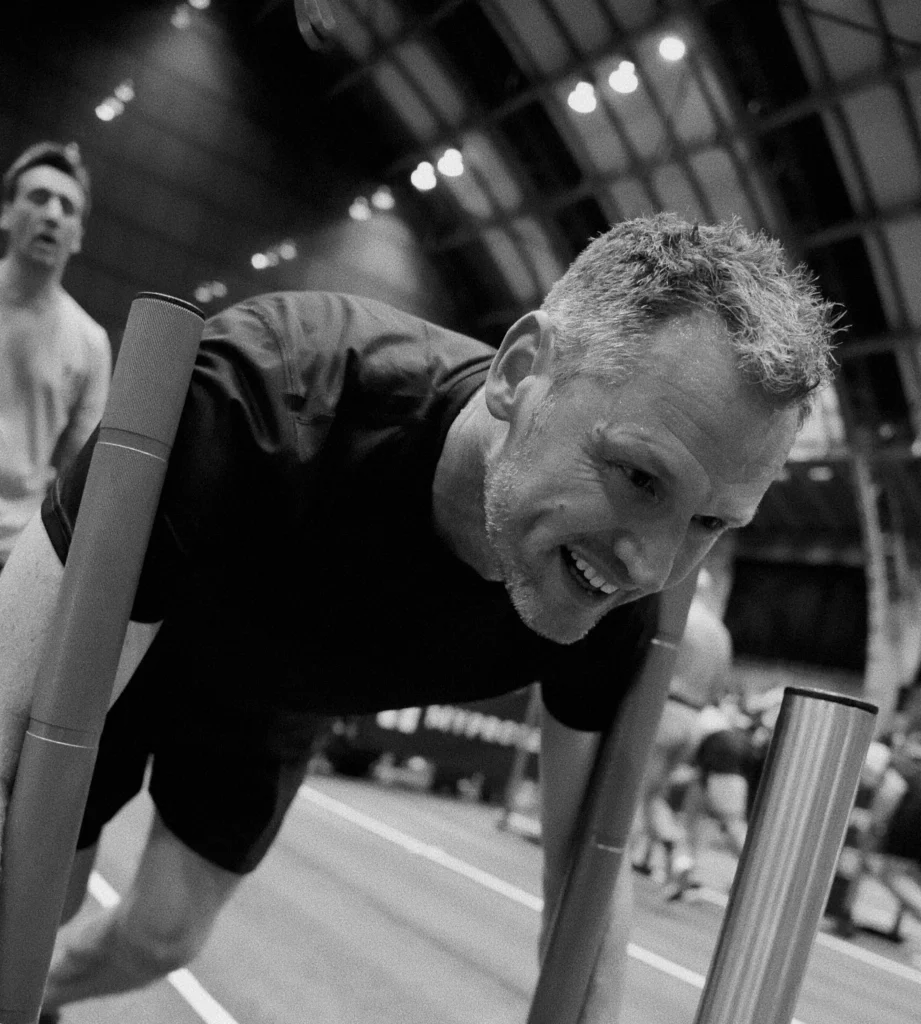
Tracking Data and Benchmarking
Keep track of:
- Total simulation time
- Split times for each run and station
- Heart rate averages
- Station fatigue notes
Compare against your previous sessions to gauge improvement.
Tracking metrics over multiple simulations reveals your race-readiness curve a reliable indicator for when to taper.
For pacing data examples, see HYROX Threshold Training: Field Tests and Weekly Progression.
Using Simulations for Nutrition & Hydration Testing
HYROX simulations also serve as ideal race rehearsals for fuel testing:
- Drink water or isotonic mix between runs 3–5.
- Use energy gels or chews once after halfway point (~45 mins).
- Record what works best for digestion and focus.
Learn more in HYROX Hydration Strategy: Fueling the 8 km Race.
Environment and Equipment Setup
To replicate race realism:
- Use the exact sled weights for your category.
- Set up equipment in a linear order if possible (run → station → run).
- Play competition-style music and train with a partner for accountability.
- Time every transition to simulate race stress.
If your gym allows, host a “HYROX simulation day” with multiple athletes it’s an excellent way to build community and mental readiness.
Post-Simulation Review
After each simulation:
- Review splits and transitions.
- Note where form broke down.
- Adjust next week’s training to address weaknesses.
This cycle of simulation → analysis → adjustment forms the backbone of elite preparation.
“You don’t need perfection in training you need awareness. That’s how you turn data into performance.” — RB100.Fitness
Integrating Simulations Into Season 2025/2026
Schedule full simulations in the four to six weeks leading up to your chosen event.
Use your taper window to sharpen efficiency while reducing total load.
For upcoming events, check the RB100 Fitness Racing Events Calendar to time your final simulation within two weeks of race day.
Summary: Train Like You’ll Compete
HYROX simulation workouts are more than physical they build familiarity, strategy and race confidence. By simulating the stress, fatigue and transitions of the real event, you’ll step onto the start line calm, composed and capable.
